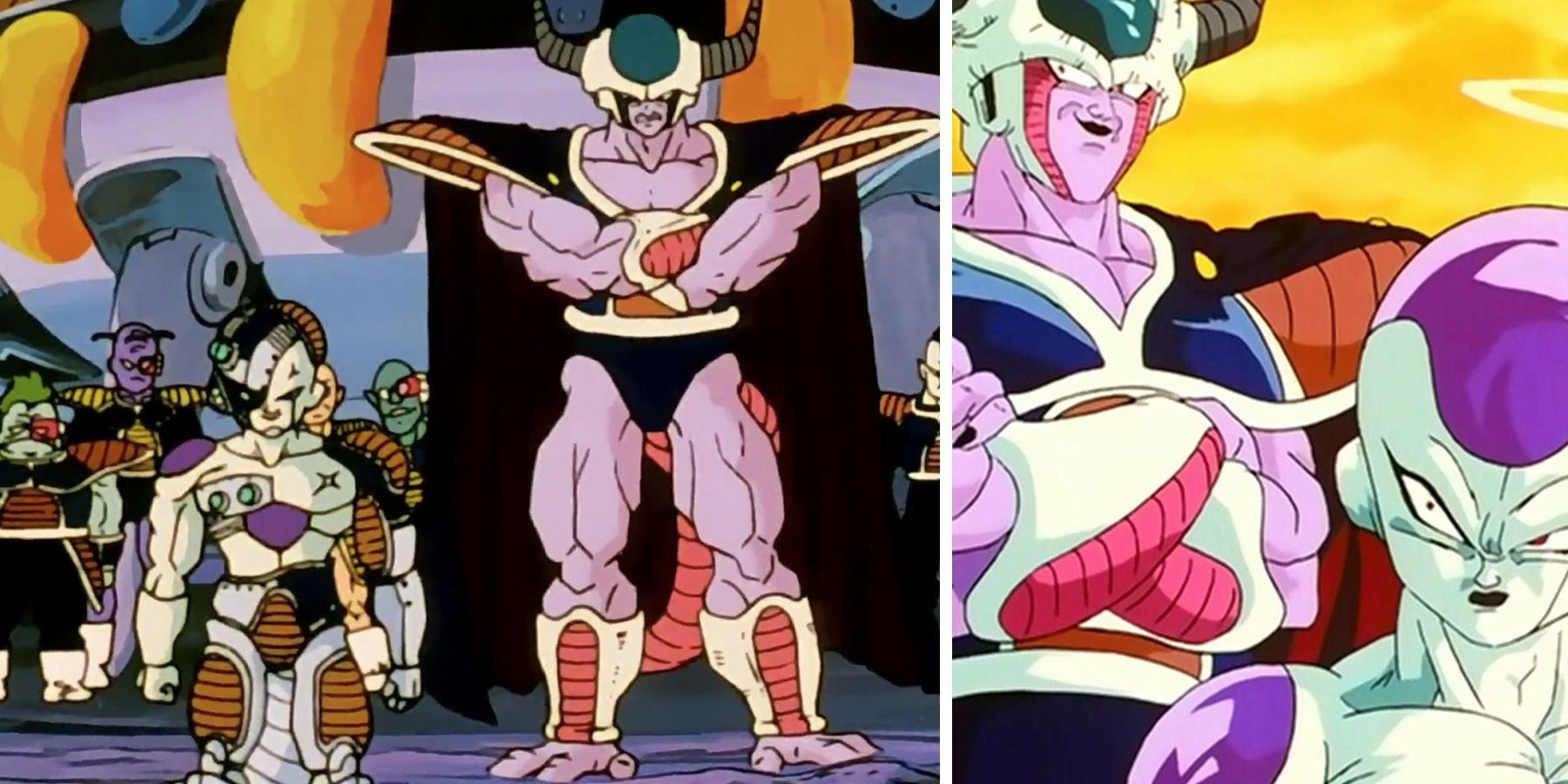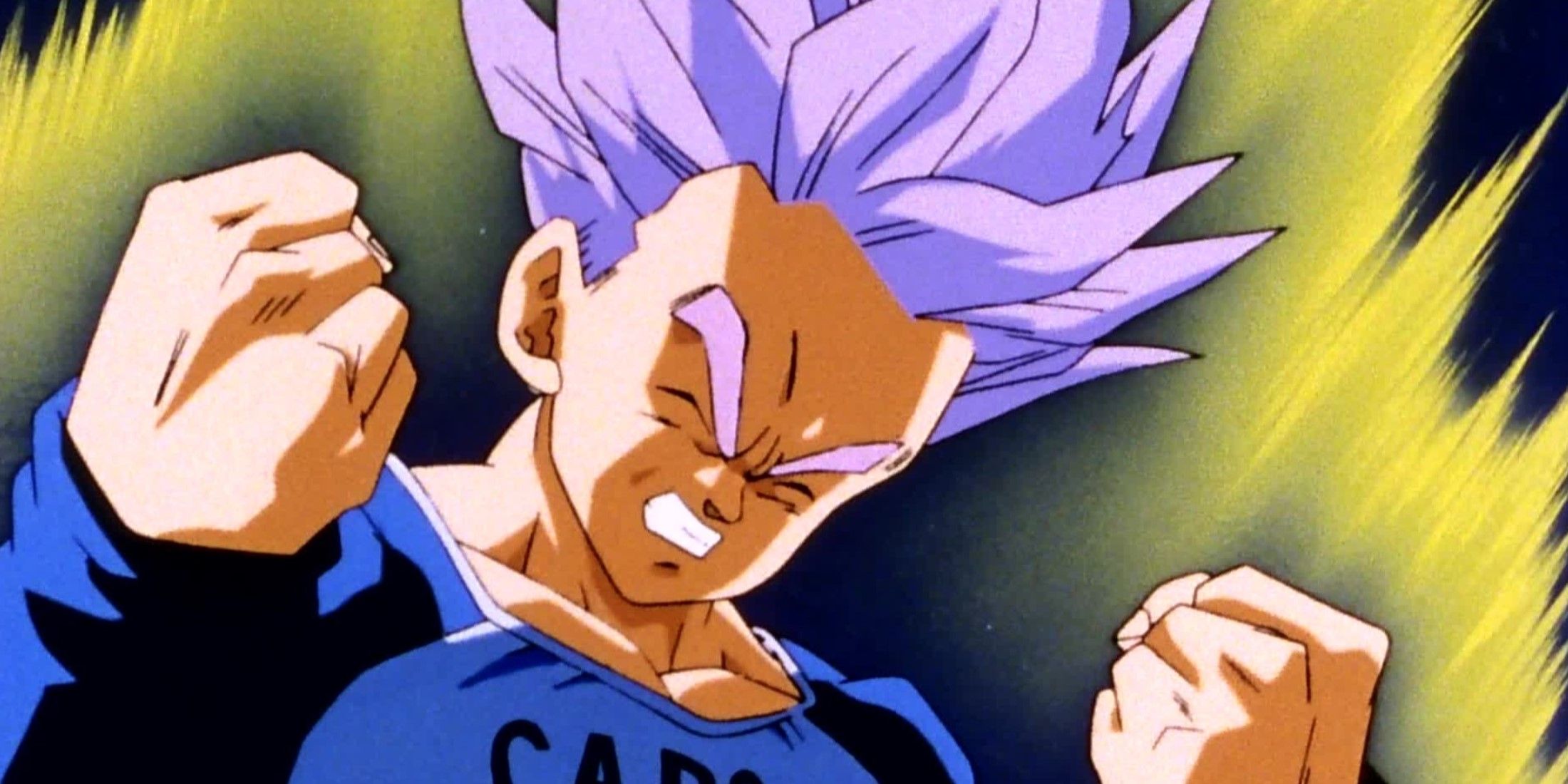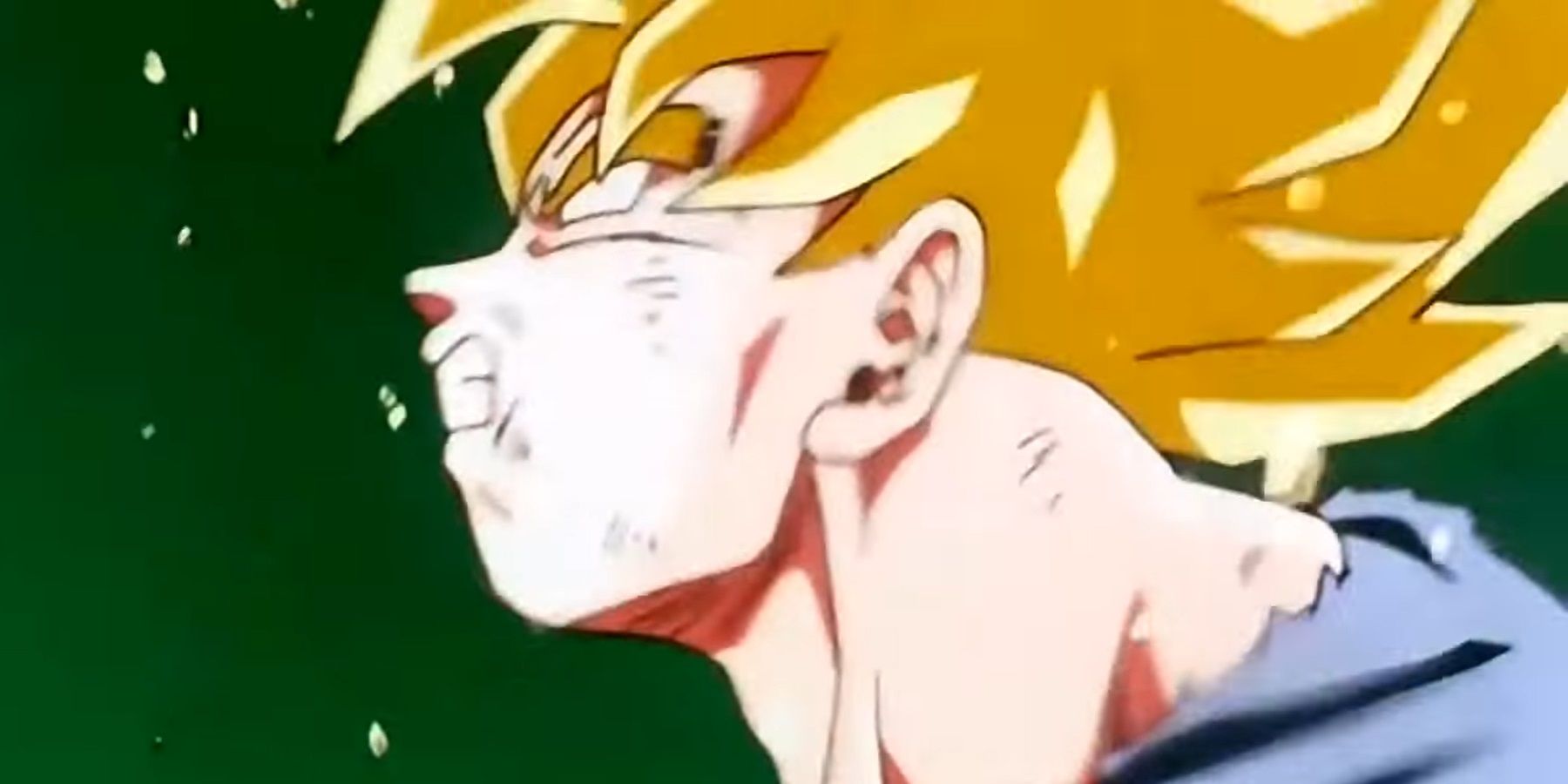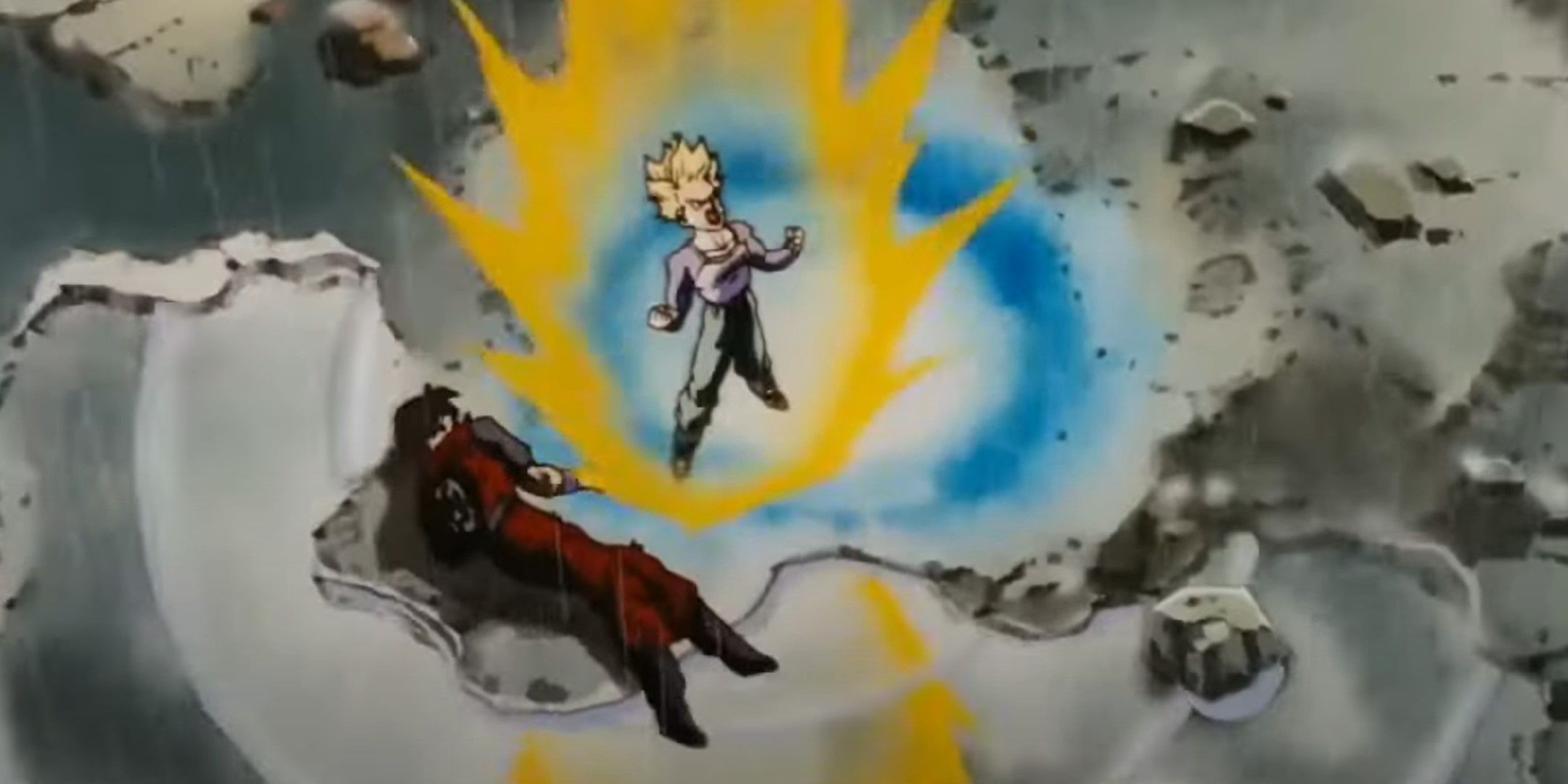Highlights
- Transformations are a core element of Dragon Ball Z, with Future Trunks' first Super Saiyan moment in History of Trunks standing out.
- A great transformation scene needs narrative build-up, emotional triggers, unique character design, and over-the-top spectacle to be iconic.
- Future Trunks' transformation hits hard due to the emotional bond with Future Gohan, making it a standout Super Saiyan moment in Dragon Ball Z.
Since Goku's first transformation into a Super Saiyan on the planet Namek, the concept of transformations has been deeply ingrained into the DNA of Dragon Ball Z, along with successive series such as Dragon Ball GT and Dragon Ball Super. With every new arc in the franchise's many productions having introduced new forms, it is hard to single out some of the more memorable ones from the pack.
That being said, there is once particular transformation sequence in a TV special episode of the Dragon Ball Z anime, titled Dragon Ball Z: History of Trunks, which encapsulates the core fundamentals of a great shonen power up scene better than most others. This, of course, pertains to Future Trunks' first Super Saiyan transformation, and here is a look into why this could be a contender for the best transformation sequence in Dragon Ball Z.
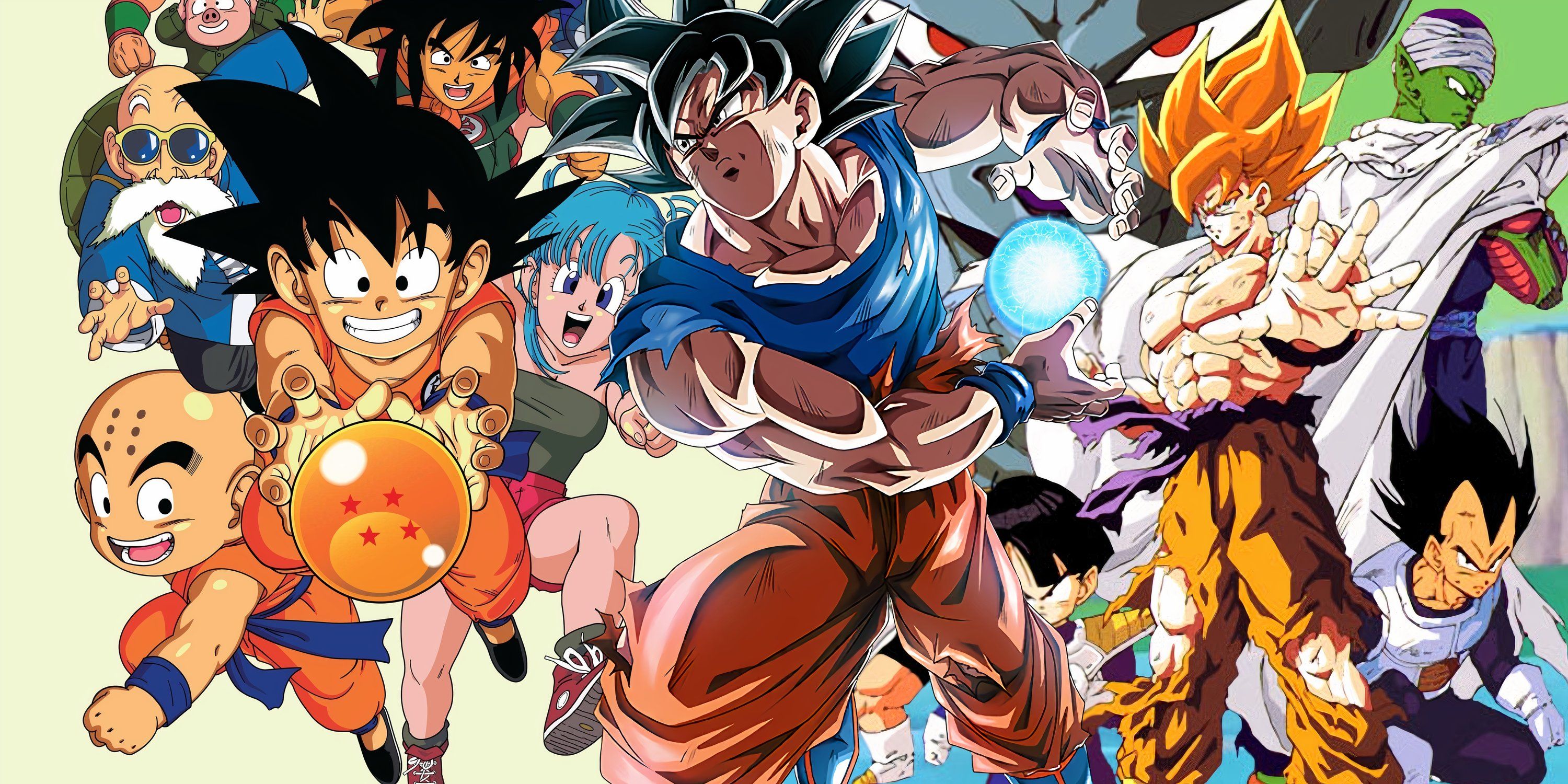
Dragon Ball: 7 Longest Arcs In The Anime Franchise, Ranked
Here are a few of the most time consuming yet rewarding story arcs from every single Dragon Ball series across the franchise.
What Makes A Great Transformation Scene?
When simplified, a great anime transformation sequence hinges on narrative and thematic build up — including elements such as foreshadowing, emotional triggers, or training segments — alongside the actual representation of this moment of metamorphosis. In this regard, the task of crafting a memorable transformation sequence can appear deceptively simple, but the execution is where everything is put to the test.
Beyond this, the design of the actual transformation is also a vital factor to consider, especially if the sequence is the first instance where the transformation is depicted on screen. When portraying a character unlocking a form that has already been introduced, the customized character design for this event can also help tell a more detailed story behind said individual's path to attaining greater strength, which is why it still remains crucial.
Aside from these challenges, great transformations also need to be spectacles that are just over-the-top enough to grab attention and captivate audiences. Transformations must stick in a viewer's memory to attain iconic status, such that their impact can go beyond the story arc or series they are a part of.
Instances where all these boxes are ticked have yielded some of the most enthralling moments in anime. With this in mind, some iconic transformation sequences in shonen anime include Ichigo Kurosaki's Vasto Lorde form in Bleach, Monkey D. Luffy's Gear 2 and Gear 5 transformations in One Piece, and Goku's first time going Super Saiyan, which is the one that started it all.
The Way This Relates To Super Saiyan Transformations
When it debuted, the first Super Saiyan transformation was a moment that took Dragon Ball Z, and the entire medium of anime by storm, starting a precedent in the battle shonen genre that is still relevant even today. A key reason behind this transformation's success lies in the build up to its reveal, alongside the emotional trigger that catalyzed its appearance.
Throughout the Namek Saga and Frieza Saga, the fable of a Super Saiyan from legend was repeatedly recounted on multiple occasions, to spark the audience's curiosity regarding whether this would play a role in the ongoing conflict. On top of this, Akira Toriyama also cleverly portrayed Goku nurturing his strength through training and hard-fought battles, before putting him in a dire situation with his back to the wall and no way out.
Finally, the emotional trigger for this transformation — Krillin's death by Frieza's hand — was quite poignant and incredibly intense, which served to reinforce the concept of the Super Saiyan form coming to the aid of a worthy Saiyan in their time of need. Cumulatively, this contributed to a transformation which succeeded on every front, producing a sequence that is etched into anime history forever.
Why History Of Trunks Nailed This Transformation
With all the aforementioned factors in mind, Future Trunks' first time going Super Saiyan in The History of Trunks stands as a moment that encapsulates everything that made transformations such an integral part of Dragon Ball Z's identity. Interestingly, the manga chapter that acted as the source material for the TV special did not feature this transformation in such an elaborate light.
Additionally, the narrative significance of this moment was not as prominent, since Future Trunks was able to access the Super Saiyan form even when he was introduced in the manga. By contrast, the anime depicted Future Gohan as the only Super Saiyan in the Alternate Timeline, and his relationship with Future Trunks had a huge hand in making the eventual transformation sequence hit that much harder.
Due to their status as the only remaining Half-Saiyans in their timeline following Vegeta and Goku's deaths, Future Gohan and Future Trunks were cast as mentor and student, who were almost inseparable. While Future Gohan was the only one who could keep up with Androids 17 and 18, he was constantly training Future Trunks and pushing him to achieve the Super Saiyan form. Although the younger Half-Saiyan almost succeeded on one occasion, he could never fully tap into the power of this state.
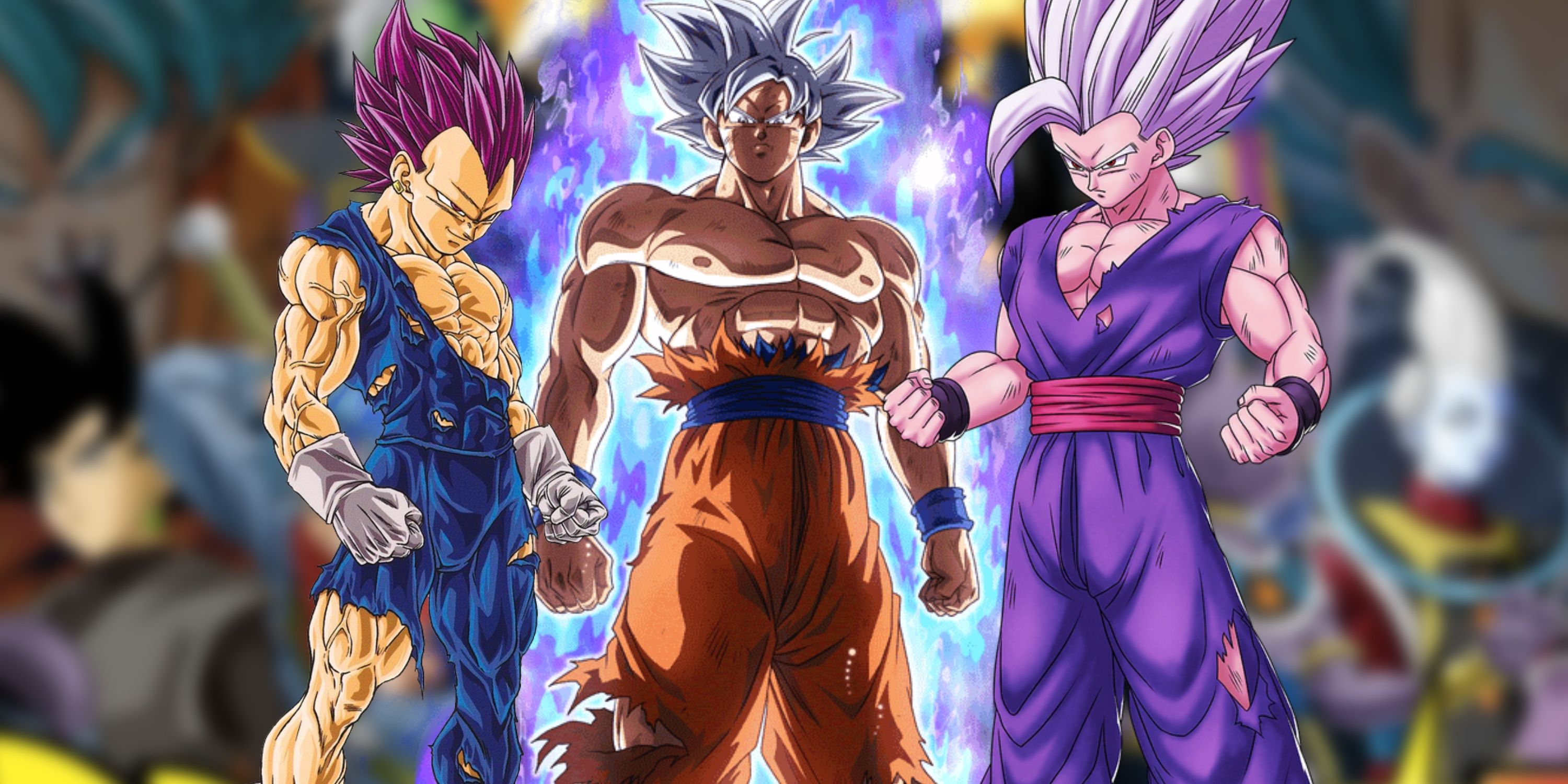
Is Dragon Ball Too Reliant On New Transformations?
One of the series' most iconic facets has now overtaken its identity. But is there a path that lies beyond new Super Saiyan forms or divine states?
Over time, Future Gohan endured more losses against the Androids and gave up one of his arms, even as he shielded Future Trunks from his overpowered adversaries. Unfortunately, this would catch up to him one fateful night, when he was brutally killed by Androids 17 and 18. At that time, Gohan had charged into battle after knocking out a protesting Future Trunks to stop him from getting involved. The sheer horror of this moment and the helplessness viewers experience when put in Future Gohan's shoes are key elements that served to enhance the impact of what would follow.
Waking to sirens amid a rain-soaked city, Future Trunks cried for his mentor and searched the ruins of the battlefield, before stumbling upon Future Gohan's mangled body. Unable to contain his grief and anger any longer, Future Trunks' fury erupted in a flaming golden aura, as he became a Super Saiyan for the first time, and pounded the ground beneath him with his fists, demonstrating the new strength he had gained through this tragic event.
Is This The Best Transformation Sequence In Dragon Ball Z?
In both the original Japanese version and the FUNimation English dub, the background music plays a huge role in conveying both the desolate scene Future Trunks comes across, followed by his incendiary reaction which triggers the transformation. Whereas Shunsuke Kikuchi's orchestral score is as epic and grandiose as always, the FUNimation dub's use of the song "Prelude" by American heavy metal band Slaughter presents a more sinister reinterpretation of this moment it in an entirely different but equally effective fashion.
Aside from this, the animation's clever cuts and close-ups do a stellar job of conveying Future Trunks' transition from disbelief, shock, sadness, and desperation, to anger while hammering home the cost of his newfound power. All in all, Dragon Ball Z: The History of Trunks distilled the core tenets of a great Super Saiyan transformation into a scene that leaves viewers heartbroken and awestruck, bringing a sense of emotional catharsis to this form in a way that few other moments in Dragon Ball Z managed to.
Dragon Ball Z is available to stream on Crunchyroll.
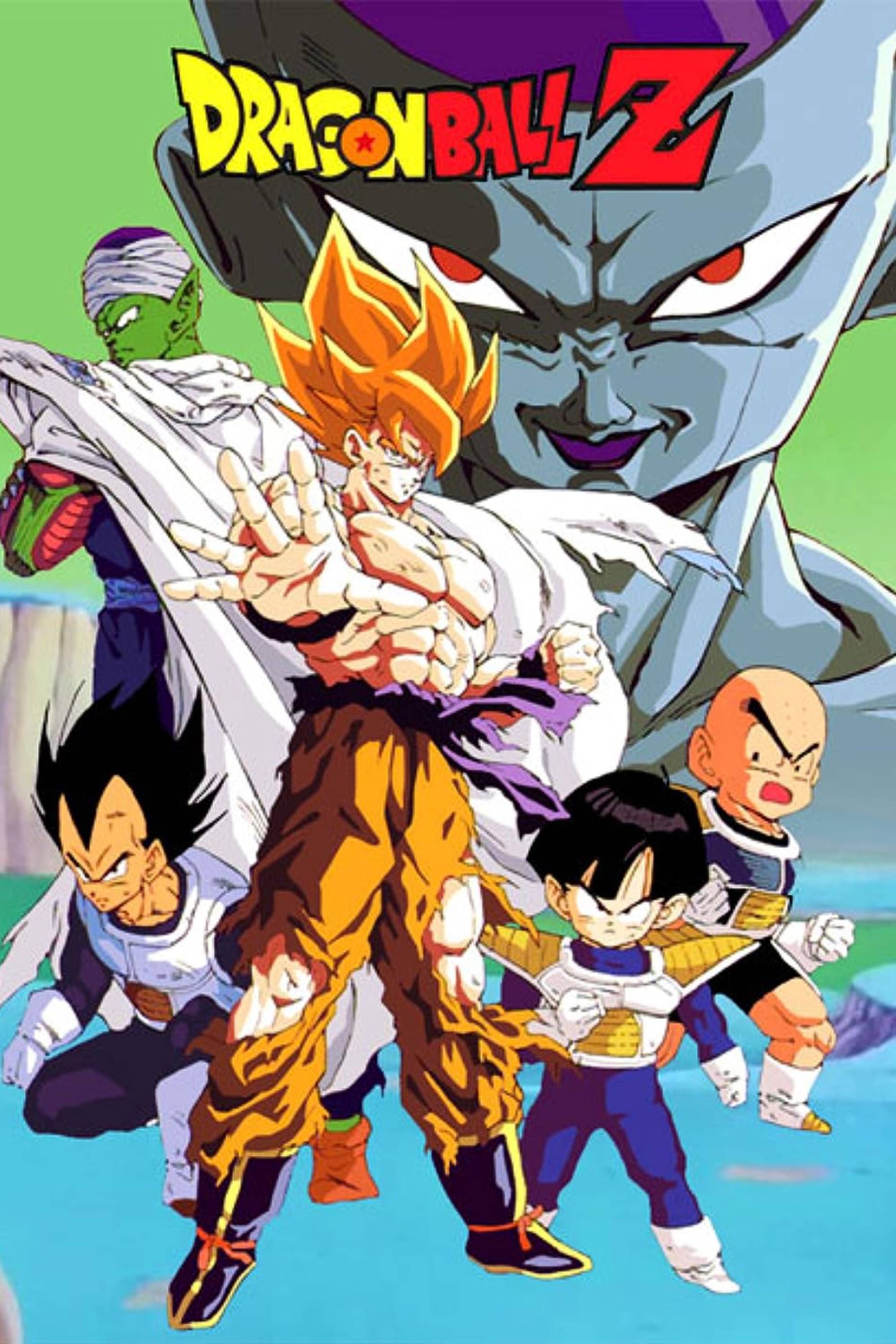
Dragon Ball Z (1989)
Dragon Ball Z is a Japanese anime series produced by Toei Animation and a sequel to the 1986 Dragon Ball series. It continues the adventures of Son Goku as an adult while also paralleling the life of his son Gohan. Son Goku typically defends the Earth from villains like Vegeta, Frieza, Cell, and Majin Buu. The series is followed by Dragon Ball GT and then Dragon Ball Super.
- Release Date
- April 26, 1989
- Studio
- Toei Animation
- Creator
- Akira Toriyama
- Number of Episodes
- 291
- Streaming Service(s)
- Crunchyroll

